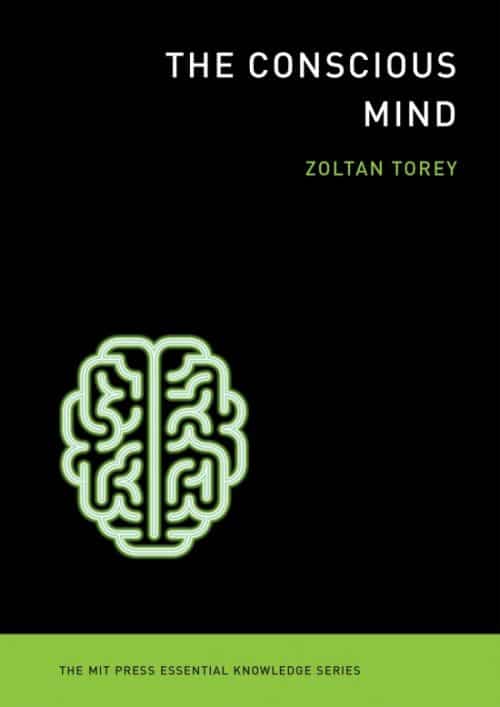Our understanding of the world is largely based on our beliefs. We hold ideas about things, culture, the past, the present, and the future. We have opinions about other individuals and think they also have opinions. We employ beliefs in order to foretell, elucidate, construct, comfort, and amuse. We refer to some of our views as theories and are incredibly inventive when creating them. Examples include the theories of relativity, evolution, and quantum mechanics. However, astrological, extraterrestrial abduction, guardian angel, and reincarnation hypotheses are all valid. All are the results of creative minds searching for explanations for occurrences that have been observed, with varying degrees of believability. Nils Nilsson investigates beliefs in this book, looking at what they do for us, how we come to hold them, and how to assess them. Nilsson argues that since our beliefs affect so many of our choices and actions, we should carefully consider them.
While some of our views are more firmly held than others, they should all be seen as ad hoc and subject to change. Nilsson demonstrates that beliefs may be expressed in terms of probability, and he models belief networks in which the probabilities of individual beliefs influence those of other beliefs. He contends that we can assess our views by adopting some elements of the scientific approach and by seeking advice from experts. He also cautions us against falling into belief traps” and clinging to ideas that can’t stand up to scrutiny. He claims that subjecting our beliefs to the logical critique of others is the greatest method to avoid falling into belief traps.















